- Replies 109
- Views 14.8k
- Created
- Last Reply
Top Posters In This Topic
-
leathermaneod 50 posts
-
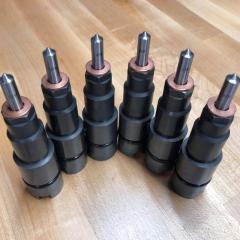 notlimah 27 posts
notlimah 27 posts -
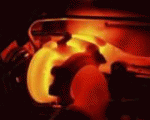 KATOOM 11 posts
KATOOM 11 posts -
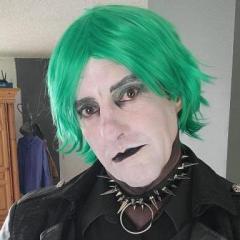 Mopar1973Man 9 posts
Mopar1973Man 9 posts
Most Popular Posts
-
I use the yellow teflon tape typically. Little late to the party, but
-
Thanks for the call Mike! I really really appreciate your time and all your help. Plus its great to chat with a person who can teach me a think or two(or 100 lol) about these trucks!
-
Just want to update this I case anyone is following. When I re drilled and tapped my manifold for moving my pyrometer, I checked up on the fuel leaks again. VP end was dry but the Fuel Filter housing



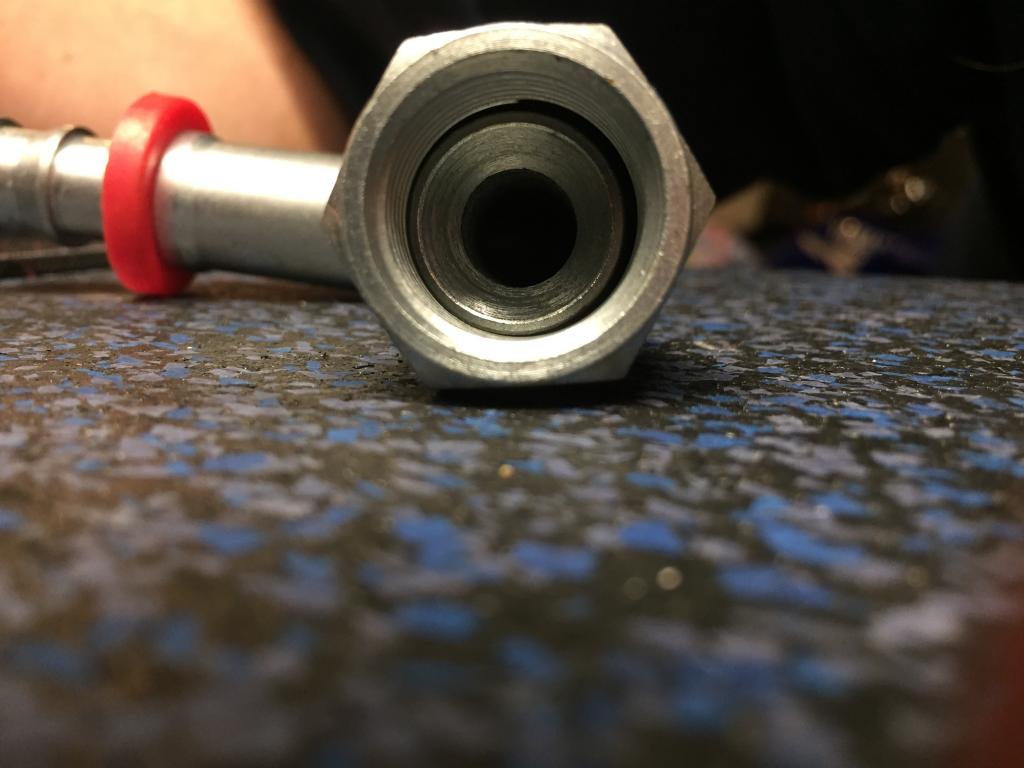
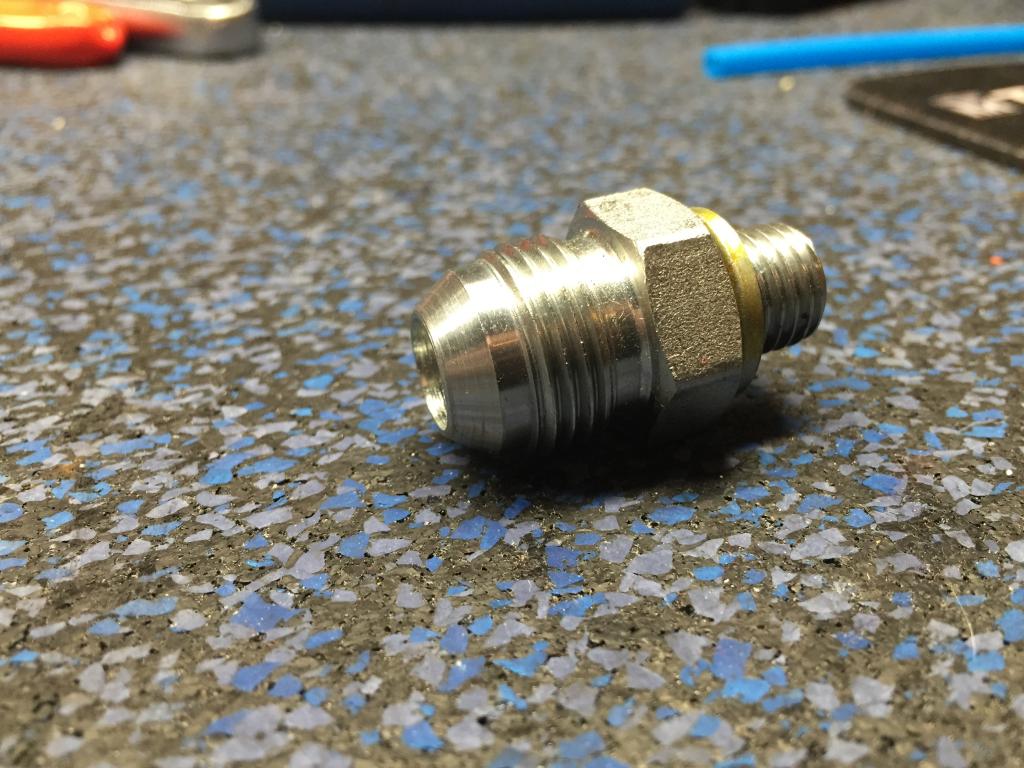
Hi all,
So shortly after getting my Fuel Boss lift pump and big line kit installed a few months ago I noticed that I have a 1-2 psi needle bounce in my autometer mechanical fuel pressure gauge. I am using a snubber from Geno's and my pressure tap is located on the filter canister outlet. As you can see here.
The items are from left to right, Female JIC end of Vulcan Universal Fuel line(brass), Male JIC to NPT adapter(silver), Geno's snubber(brass), Street 90 from Ace(brass). This setup comes out of the tapped 90 that attaches to the bottom of the fuel filter canister.
Anyway, I've dealt with the needle bounce for this long, but I always regretted not installing a needle valve so that I could turn the gauge supply off in an emergency. The more I thought about it, I realized that adding a needle valve would probably help with my needle bounce and make my gauge last longer. So I got one from Vulcan. My question is, should I used the snubber and the needle valve? or just the needle valve? The only thing that concerns me about using both is that assembly is getting long and heavy where it comes out of that tapped 90. Also, does it matter what order I put the items in? I am also looking for recommendations on thread sealant for the NPT threads. I have used this
and this
in the past and both seem to be ok. The 545 is the purple liquid stuff and I always feel like I need to let it sit overnight before running fuel through it. The 567 is more like regular pipe dope. I always figured the purple liquid stuff was safer for a post filter application than pipe dope just incase some got to the injectors. But I was told when I did my Fuel Boss install that regular white(PTFE or whatever its called) pipe dope was fine for that. I would like to know what you all think and normally use.
Thanks in advance!
Edited by leathermaneod